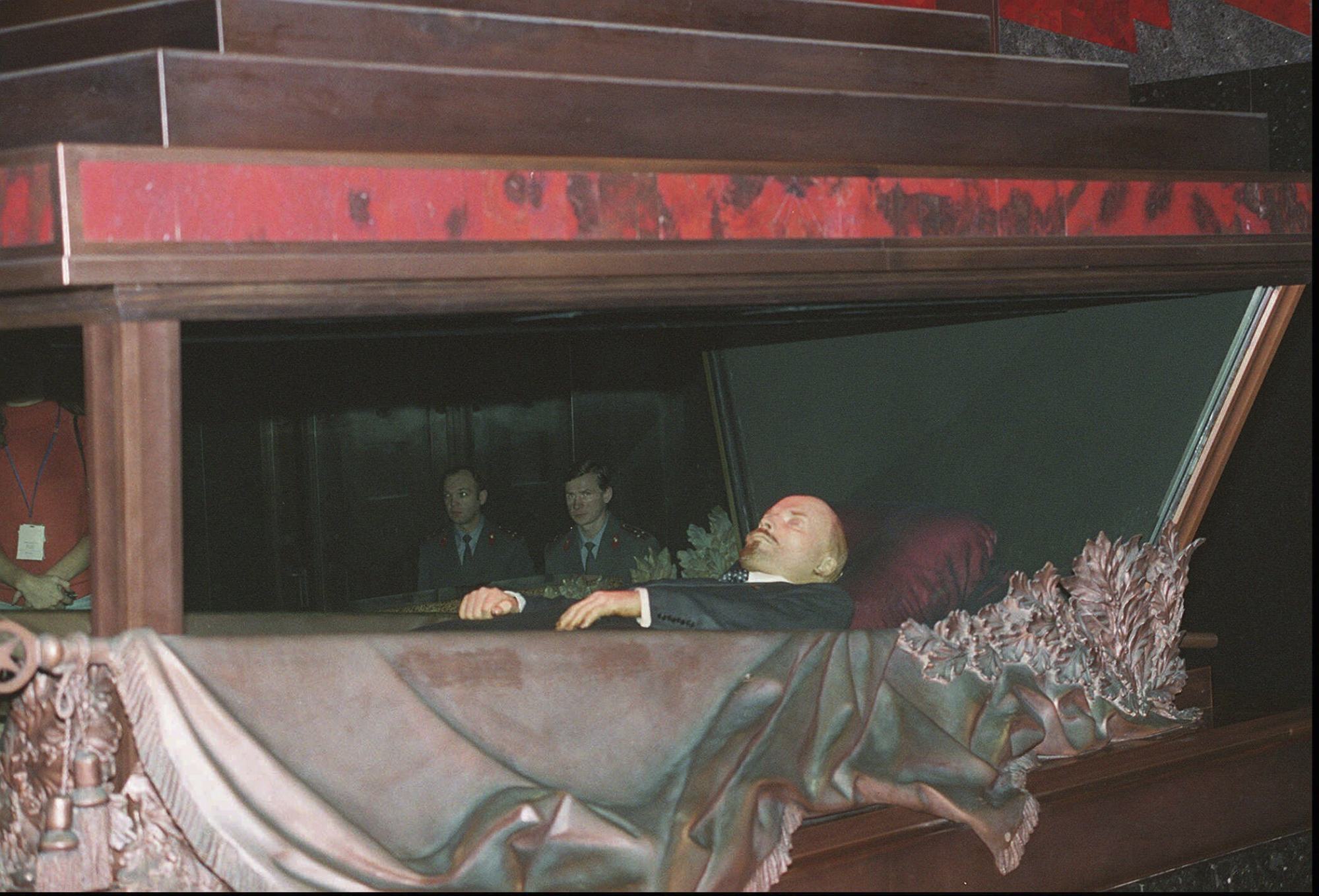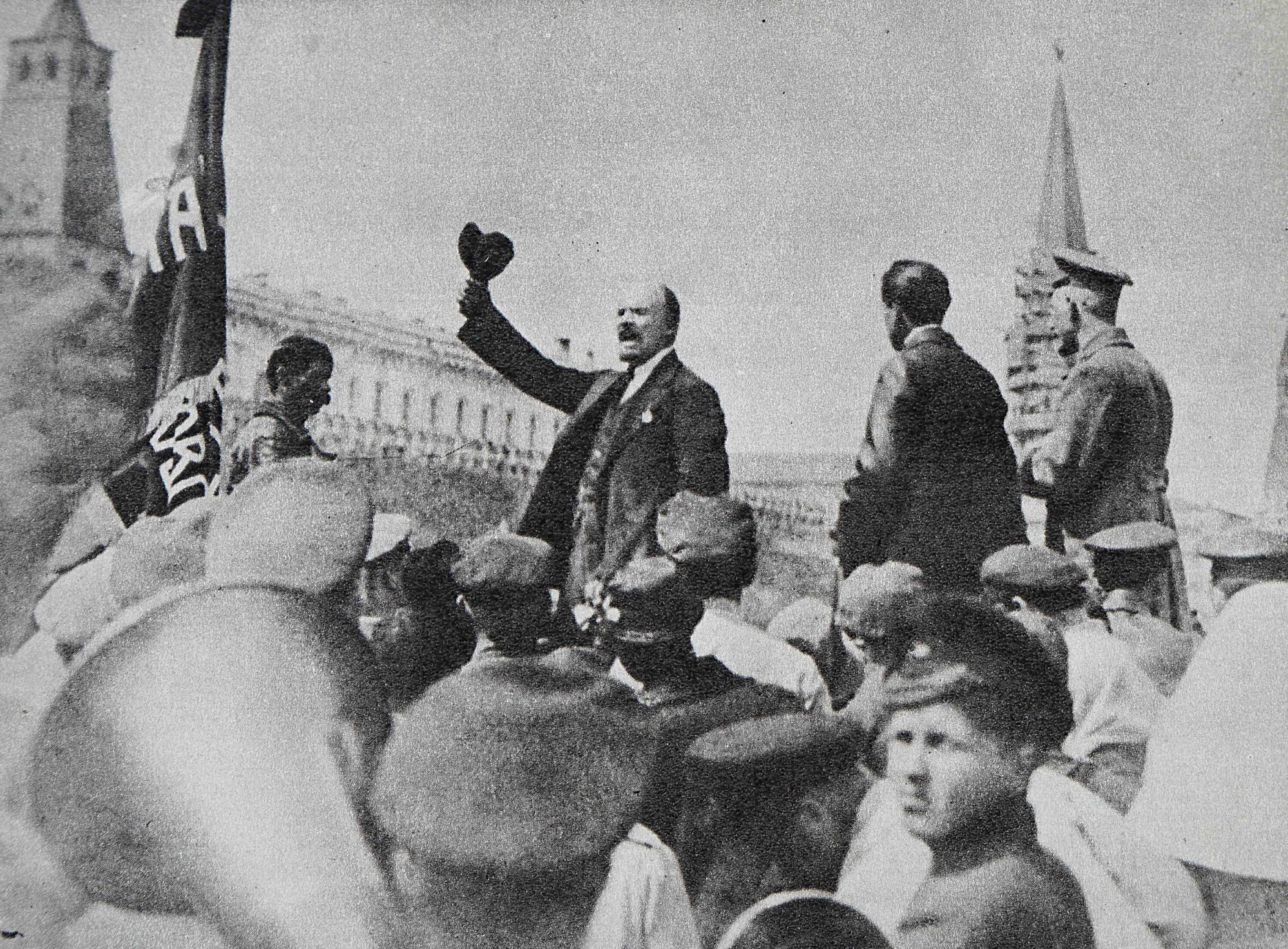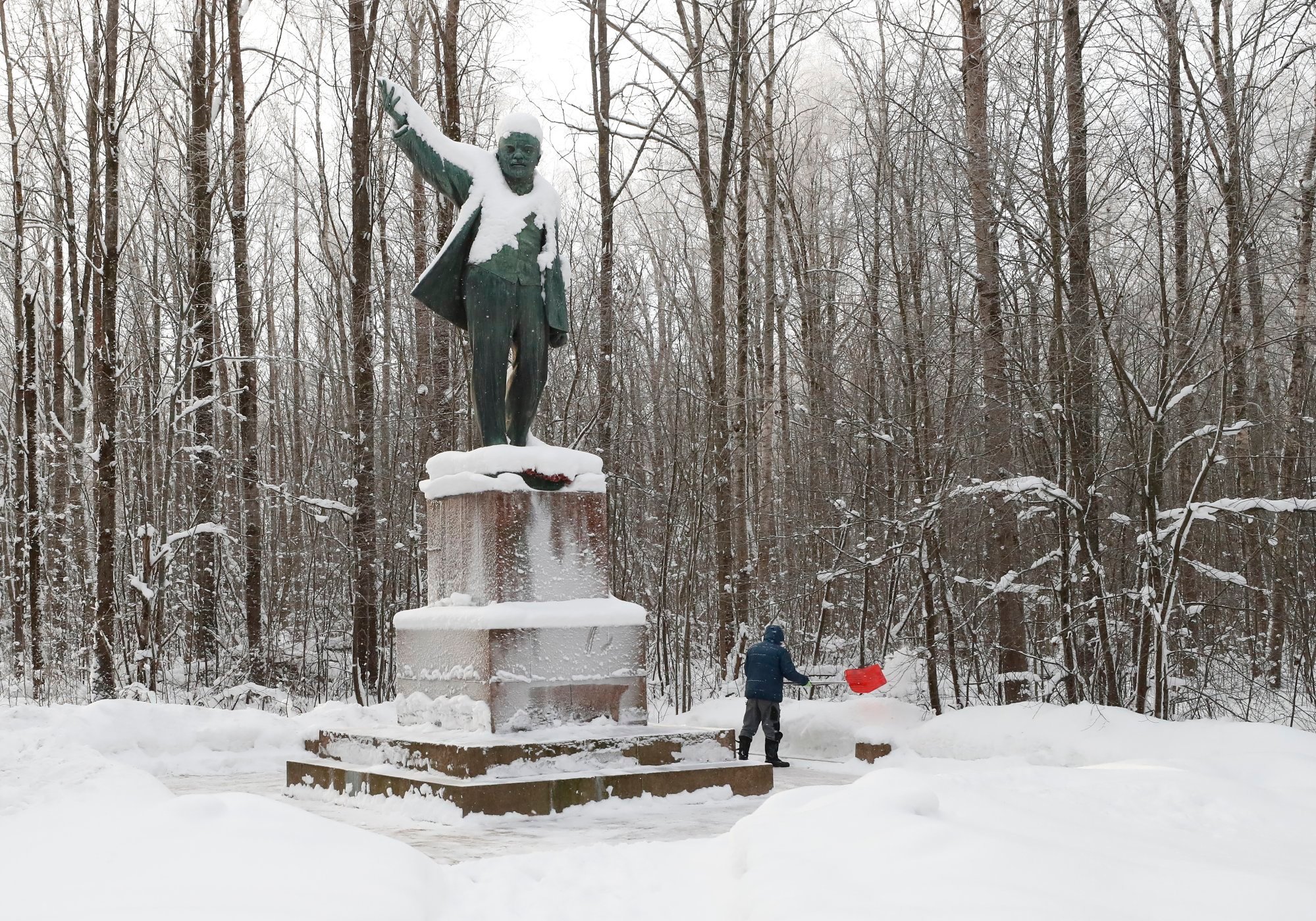
Analysis | A century later, is it finally time to bury Lenin’s corpse?
- Vladimir Lenin’s embalmed corpse is one of the biggest attractions in Moscow, drawing a mix of tourists and communists
- But most Russians agree now, a century after his death, it’s time for Lenin to say goodbye to his public tomb on Red Square
Death still suits Lenin, even 100 years later.
The embalmed body of Russian revolutionary leader Vladimir Ilyich Ulyanov lies clad in a fine suit in a specially built mausoleum in Moscow’s Red Square.
Lenin was born in 1870 and died in 1924. And even decades after the collapse of the Soviet Union he founded, tourists still come to peer at the founder of a new world order, in his dimly-lit crystal sarcophagus.
They want to see the mummy of the man who, five years after the October Socialist Revolution of 1917, founded the world’s first communist state, led by workers and peasants.

“Lenin, he is a symbol of our history,” says a 56-year-old woman when asked what drew her here.
You can see Lenin’s head, his face – which has a lifelike skin colour – and his hands. They recall a papier-mâché doll.
Death centenary of Lenin marked by silence from China’s Communist Party. Why?
“We’re not stopping,” whispers the voice of a uniformed man from behind. People may not stand and gawp. Visitors are instructed to quickly leave the room that is home to Russia’s most famous corpse.
That is faster than many would choose, curious to take a closer look at the state of the body that has been so expensively embalmed in a secret process that costs millions of roubles.
Those responsible for preserving Lenin continue to place his body in a special mixture in a tub at the Russian Research Institute for Medicinal and Aromatic Plants every two years or so. Scientists also inject parts of his body with preservative substances, say Russian media reports.
The recipe for the embalming fluid, said to be colourless, odourless and non-toxic, is secret. However, it is known that formalin, potassium and glycerine were used when Lenin was first embalmed. His brain is kept separately.
The first embalming vat can be seen at Lenin’s place of death in, just under an hour’s drive from Moscow.
It was once a rural retreat for Lenin, who visited its extensive park and villas from the tsarist era. It was primarily from here that he led the giant empire, weakened by the Red Terror of his Bolsheviks and the civil war.

Lenin died in bed in his small room in a palatial building that the revolutionaries then converted into a sanatorium.
Lenin’s death mask lies behind glass, but everything else in the room remains just as it was at the time of his death, says the museum guide. All the clocks in the building, which before the revolution was the home of a wealthy family, likewise remain at 6.50pm.
The museum says that Lenin had a stroke. But why exactly he died so early at the age of 53 is not wholly clear. Severe atherosclerosis and the late effects of an assassination attempt are also officially recognised as possible causes.
Russian experts from ‘Lenin Lab’ help preserve Ho Chi Minh’s corpse
On August 30, 1918, Lenin survived an assassination attempt by anarchist Fanny Kaplan.
Surveys suggest most Russians are in favour of burying Lenin at last. It is also a step favoured by the Russian Orthodox Church.
“It’s a stupid, pagan mission of love for corpses that we have on Red Square. Experts know that only 10 per cent of the body has been preserved,” says leading politician Vladimir Medinsky, who has close ties to the church and President Vladimir Putin.

One of the contradictions of Russian historiography under Medinsky, who is responsible for the content of textbooks, is that Putin himself despises revolutions and their leaders such as Lenin.
Putin has also blamed the former leader of the international labour movement for the destruction of the Russian empire.
Despite that, Lenin is omnipresent even under Putin, with several huge Lenin monuments in Moscow alone. The Russian capital’s world-famous metro also bears Lenin’s name.
Putin also once said, “As far as the body is concerned, in my opinion it should not be touched”.
The president emphasised that there are still many people in Russia who associate much of their lives with Lenin and “certain achievements of the past, achievements of the Soviet Union” with him. As long as this is the case, the cult of personality should not change, in his view.
But many Western historians in particular point out that Lenin also paved the way for the Red Terror. “Lenin ushered in a new era with the socialist experiment. And he was clearly also a trailblazer for the reign of terror and violence of his successor Stalin,” Eastern European historian Tanja Penter says.

“Lenin was a radical innovator who fanatically believed in the rightness of his cause,” says Penter, a professor at the University of Heidelberg in Germany. “And he was a tyrant who ruthlessly pushed through his goals against all odds.”
Monuments to Lenin have been torn down in many former Soviet republics, including Ukraine, which is beset by Putin’s war.
In Russia, however, this is out of the question. Under Putin, symbols of a reign of terror are in vogue, as can be seen in the enduring cult status of Lenin’s successor, Joseph Stalin.
Moscow’s media also suggests Lenin’s body will have important future. The mausoleum containing his remains is a tourist attraction comparable to the Eiffel Tower in Paris or the Colosseum in Rome, according to website news.ru.
Despite being perhaps the world’s most visibly dead historical figure, this revolutionary leader once feared in the West is a living part of Russian identity – and a vital tourist Landmark. He appears set to remain so for the time being.

